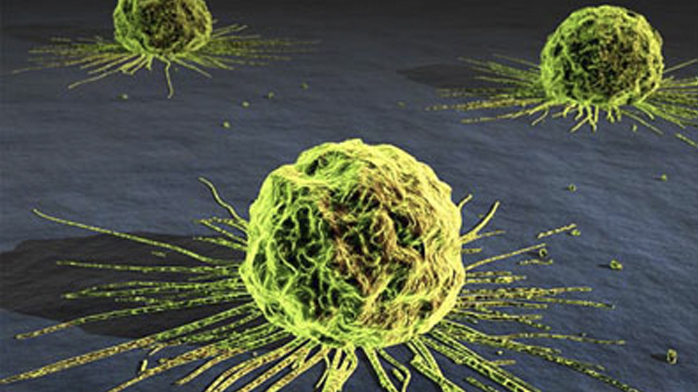Human papilloma virus (HPV)
Prevent cervical cancer by detecting human papillomavirus

How can we help you?
Non-obligation guidance
HPV is the most common sexually transmitted disease. It is very common amongst sexually active young men and women. In most cases, it cures itself spontaneously. However, in women from around 30 or 35 years of age, the infection can become chronic and there is a risk of it leading to cervical cancer.
What is human papillomavirus (HPV)?
HPV is a tiny virus that affects skin and mucosa. It penetrates through small lesions during sexual interaction. It is believed to be the main cause of cervical cancer.
How is human papillomavirus (HPV) transmitted?
Human papillomavirus is transmitted during sexual intercourse (through the vagina, anus or mouth) and it is extremely contagious. As such, it is a very common infection in the general population, particularly amongst sexually active men and women. The risk of contagion is linked to the age at which an individual first has sexual intercourse, the number of partners he or she has and whether or not he or she uses condoms.
What does human papillomavirus (HPV) infection entail?
In most cases, the infection does not manifest with symptoms or the symptoms do not last for long. Most people have the infection but do not have any symptoms. However, in some cases, a chronic infection in women can lead to lesions in the cells in the cervix and this, over time, can lead to cervical cancer. In males, most infections are subclinical or latent and only occasionally lead to symptoms such as genital warts or condyloma.
Evolution of the illness depends on the type of virus that causes the infection. There are 40 types of viruses that affect the genital tract but some are more aggressive than others (high risk) and these are the ones that are most commonly linked to a progression into cancer (oncogenic). The most oncogenic types are 16 and 18. The least aggressive types (low risk) are those with a very low risk of leading to cancer. They generally cause genital warts.
How is human papillomavirus (HPV) detected?
HPV infection is asymptomatic to begin with and can only be detected using molecular biology techniques. It the infection persists, it can lead to lesions that can be observed by applying acetic acid to that area of the body or by performing a biopsy. Condyloma or genital warts can also be found. Annual or biannual cytology tests are the means of early detection that are used in developed countries. They can be used to detect changes to cells that suggest the individual has a HPV infection. A cytology test and retrieval of cervical cells can be performed in order to detect the virus and obtain its genotype. This is a means of screening. If the cytology test suggests that the person has been affected by the virus, an HPV test is taken in order to confirm it. If the HPV test is positive, the patient will need to undergo a colposcopy in order to obtain a diagnosis.
How is human papillomavirus (HPV) treated?
Being infected by the virus does not mean that the individual is ill. Even if a person has the virus, it only occasionally leads to genital warts or intraepithelial lesions. The latter are easily detected during cytology tests. They can be surgically removed under local anaesthetic.
How can infection or chronic infection be avoided?
There are a number of protection factors in females that either reduce the risk or improve prognosis. For example:
- Refraining from smoking;
- Following a diet that is rich in fruit and vegetables;
- Using condoms during sexual intercourse;
- Refraining from taking oral contraceptives for long periods of time;
- Having an appropriate daily personal hygiene routine;
- Having regular gynaecological check-ups with a cytology test and/or an HPV test;
- Ensuring early treatment of precancerous lesions;
- Having the HPV vaccine.